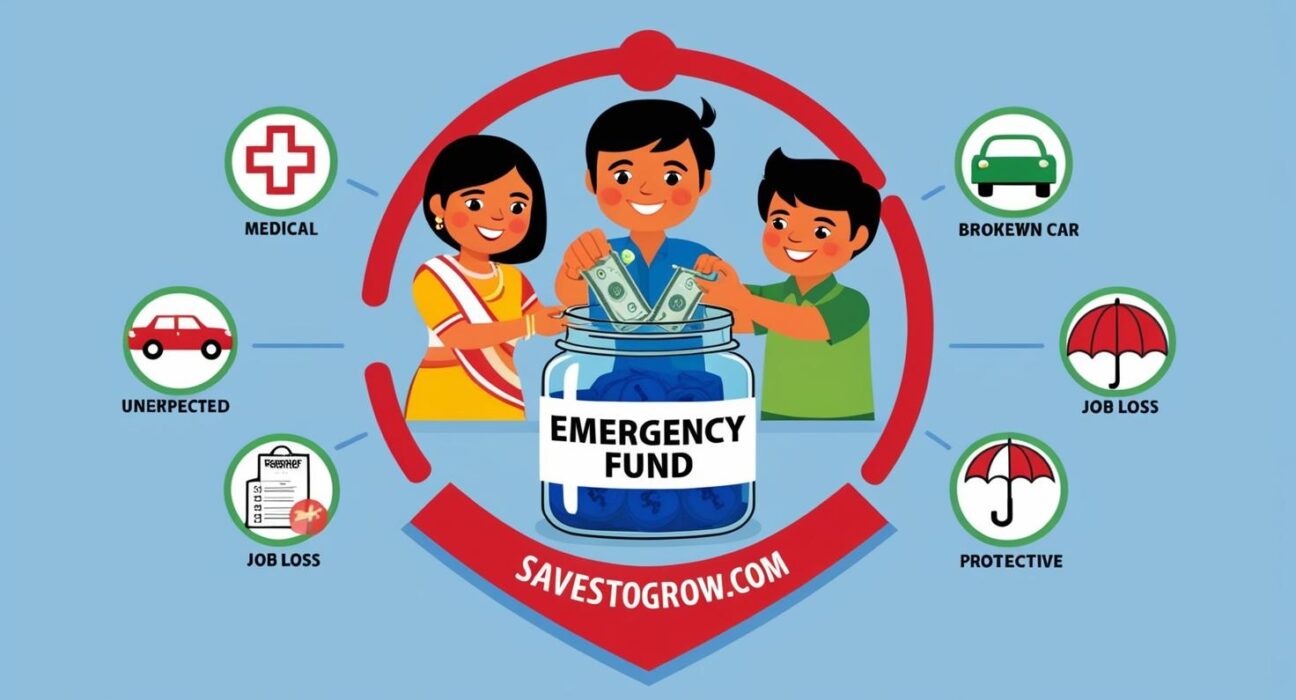The Importance of Emergency Savings and How to Build It
When life throws unexpected financial challenges your way—whether it’s a medical emergency, job loss, or urgent home repair—having an emergency savings fund can be the difference between a stressful situation and one you can manage calmly.
In this article, we’ll discuss why emergency savings are crucial, how much you should aim to save, and steps you can take to build a strong emergency fund.
Why Emergency Savings Matter
Emergency savings act as a safety net to protect you when life’s unexpected events occur. Without an emergency fund, you could be forced to rely on credit cards, loans, or worse—fall deeper into debt.
Here are some reasons why an emergency savings fund is essential:
- Job Loss: If you lose your job unexpectedly, an emergency fund can cover your essential expenses until you find a new job.
- Medical Bills: Medical emergencies can be costly, and without insurance or enough savings, you might struggle to pay for unexpected treatments or hospital stays.
- Home or Car Repairs: Your home’s water heater could break down or your car might need major repairs. Having emergency savings ensures you’re prepared for such sudden expenses.
- Peace of Mind: Knowing you have savings to fall back on can help reduce stress and give you peace of mind, knowing you’re prepared for the unexpected.
💡 Tip: Experts recommend having at least 3–6 months’ worth of living expenses in your emergency fund, depending on your personal circumstances.
How Much Should You Save?
The amount you need to save in your emergency fund depends on your lifestyle, family size, and expenses. Here’s how to determine how much you should aim for:
- Single Individuals: Aim for 3–6 months of essential expenses, including rent, utilities, food, and transportation.
- Families or Homeowners: A larger fund might be necessary to account for additional expenses such as child care, home repairs, or car-related costs. Consider saving at least 6 months’ worth of living expenses.
💡 Tip: Keep your emergency savings in a high-yield savings account, so it grows with interest while remaining easily accessible.
Steps to Build Your Emergency Fund
Building an emergency savings fund requires discipline, planning, and consistency. Here’s how you can start saving:
1. Set a Realistic Savings Goal
Before you can build your emergency savings, you need to know how much you’re aiming to save. Start with a target amount based on your monthly expenses and work backward to create a savings timeline.
💡 Tip: If your goal feels overwhelming, break it down into smaller monthly targets. For example, if you want to save ₹1,50,000 for emergencies, aim to save ₹12,500 per month for 12 months.
2. Create a Separate Savings Account
One of the best ways to ensure your emergency savings are safe and accessible is to keep them separate from your daily spending account. Consider opening a dedicated savings account that is used only for emergencies.
💡 Tip: Choose an account that offers a higher interest rate to help your savings grow faster, such as a high-yield savings account or a fixed deposit.
3. Automate Your Savings
Making regular, automated contributions to your emergency fund is key to building it consistently. Set up an automatic transfer from your main bank account to your emergency savings account each month.
💡 Tip: Treat your emergency savings contribution like a non-negotiable bill. Automating your savings helps you stay on track, even if you forget about it.
4. Cut Back on Non-Essential Spending
If you’re serious about building your emergency fund, it’s important to cut back on non-essential spending. Review your budget and identify areas where you can trim costs, such as dining out, subscription services, or impulse purchases.
💡 Tip: Redirect the money you save from cutting back on non-essentials directly into your emergency savings account.
5. Boost Savings with Extra Income
If you want to build your emergency fund more quickly, look for ways to increase your income. Consider taking on a part-time job, freelancing, or selling unused items around the house.
💡 Tip: Use any bonuses, tax refunds, or cash gifts you receive to boost your emergency savings.
✅ Final Word
Building an emergency savings fund may take time, but the peace of mind and financial security it provides are invaluable. By setting clear goals, automating your savings, and being disciplined in your approach, you can create an emergency fund that will protect you from life’s unexpected financial challenges.
Tip: Use an Emergency Fund Calculator to determine how much you need and how long it will take to reach your goal.
Sources
- Investopedia: Emergency savings tips
- NerdWallet: How to build an emergency fund
- The Balance: Importance of having an emergency fund
- User testimonials from Reddit Personal Finance






